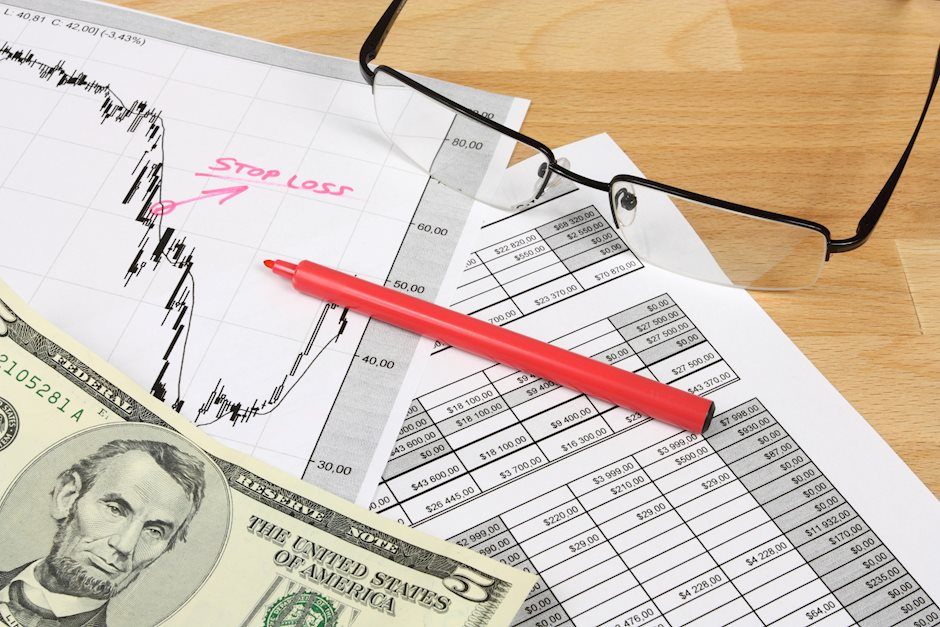When will the Corona equity market end? Or has it already?
- Prospect of a US stimulus package worth $2 trillion diminishes equity fears.
- Federal Reserve rate cuts and liquidity provisions have calmed financial markets.
- Can markets act before the pandemic subsides?

Equity markets have been pummeled by factors and uncertainties that have crashed values by almost 30% in the last three weeks in the steepest sell-off in history.
Several interventions, including two emergency rate cuts by the Federal Reserve failed to stop the slide. Though the central bank’s intention was to provide unlimited liquidity to the financial and money market underpinnings of the US and global economies the bold moves were interpreted by many as an attempt to boost to equity markets to no avail.
We of the 21st century thought that the advances of modern medicine had eliminated these terrors and it is frightening to find them at our doorsteps within a few weeks of noticing them on the far horizon.
Markets project their fears
The second set of fears are market based and more realistic. They are founded on economic and financial projections. But in truth these estimates are formulated on assumptions that may or may not be accurate. It is in the nature of defensive speculation that it is excessive.
It is possible that the world economy is on the verge of a new depression. There is no precedent for governments shutting large portions of their economies virtually at a moment’s notice to defend against a viral infection. The scale of the unemployment that is likely to hit the consumer economies of the developed nations and then ramify around the world is an economic, financial and cultural event that has never happened before.
Companies large and small will take huge hits to their cash flow. The hotel, travel, hospitality, and retail industries have laid off many thousands, perhaps millions of workers in an effort to preserve funds against fixed expenses. Small businesses that employ the majority of people and whose resources are far more limited will fold by the hundreds of thousands with difficult prospects of ever reopening.
The unknown time
The key to the market fears is time. How long will the social and employment restrictions remain in place? How far and for how many weeks will it collapse consumer demand? No one knows the answers and it is that uncertainty more than anything else that has dismayed equity markets
It is also possible, and far more probable, that after a month or two or three the parts of the world’s economies that have been shuttered start up again and slowly normal, if chastened, life resumes. Businesses well know the general rule about recessions. The steeper the decline the sharper the recovery.
The pent up demand that will be unleashed after two months of partial quarantine—just to choose a period—would drive growth in exactly the opposite direction of the closure.
Managers know this and they would make every effort to be ready for the revival. Running a small business is an exacting and in many ways courageous enterprise and despite the hardships imposed by the shutdowns, most owners are not going to give up and quit.
The greatest market fear is that the collapse in consumer spending will be so vast and so devastating to existing businesses that many will vanish with no possibility of recovery. With millions permanently out of work the dismal cycle of the Depression, falling demand pushing business to failure which in turn creates unemployment and yet lower spending, ratcheting economies ever lower, will control life.
Keynesian economics updated
It is exactly that cycle that the now universal deficit budgeting and economic theories of John Maynard Keynes were designed to abort.
Government spending, whether in the Civilian Conservation Corps (CCC) and the Works Progress Administration (WPA) of the first Roosevelt term or in the huge federal and state budgets of today, is well placed and extremely well versed in distributing money.
Indeed the largest part of the US federal expenditures is fixed entitlement spending. It dwarfs the discretionary parts of the budget. From Social Security payments to the Small Business Administration, from crop subsidies to funding of the arts, much of the federal government is one enormous redistribution and money creation machine.
Once this mechanism is harnessed to the current crisis, its essentially unlimited support should allay market fears about a black hole in consumption and the permanent elimination of millions of jobs.
US stimulus package
The 11% surge in the Dow on Tuesday on the prospect of a stimulus package worth at least $2 trillion is a vote of confidence in the ability of the government to blunt the worst of the economic turmoil. The Fed’s aggressive and repeated forays into the financial system, underwriting the world’s dollar economy, have restored the frayed functioning and halted the run to Treasuries and the safety dollar.
Markets will have to absorb many awful statistics in the weeks ahead as the extent of the damage is spelled out. Thursday's initial jobless claims in the US are likely to be the largest on record by a wide margin, 1 million is the consensus estimate, and they will be followed by others. But the immediate economic calamity will matter less than the future once the market is convinced the corner has been turned in the pandemic.
Initial jobless claims
Here we are back to the market’s emotional response. No matter how rational and analytical the view, no matter how convinced traders are that the virus will subside and the economy and equities will recover they are unlikely to fully act on those beliefs until they see proof in the medical statistics. It's only human.
Author

Joseph Trevisani
FXStreet
Joseph Trevisani began his thirty-year career in the financial markets at Credit Suisse in New York and Singapore where he worked for 12 years as an interbank currency trader and trading desk manager.
















